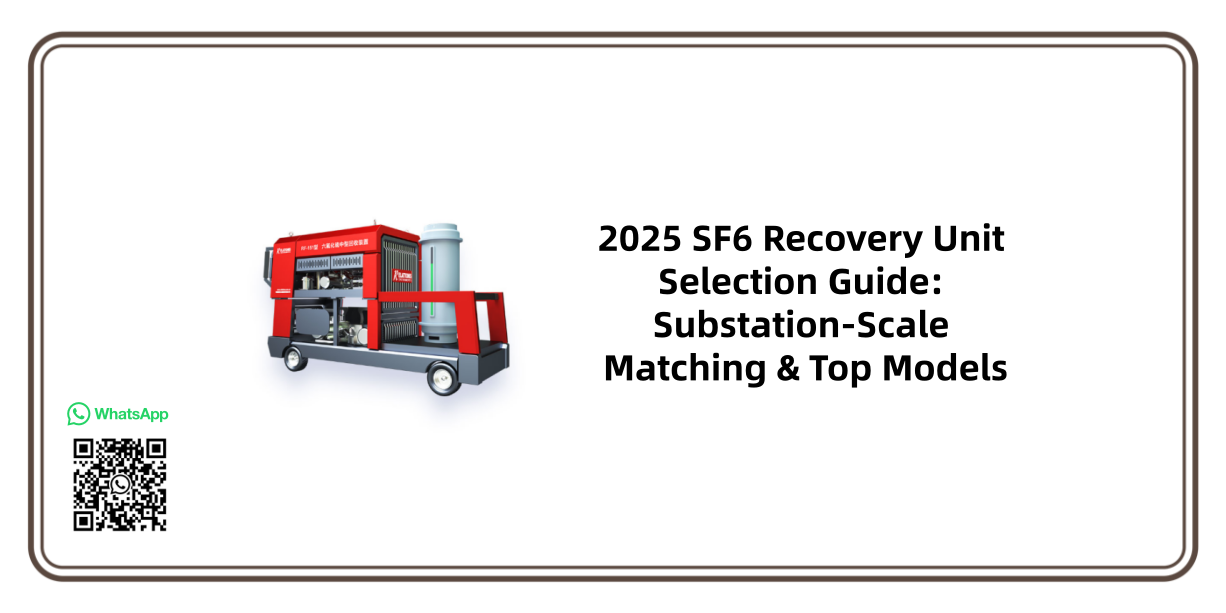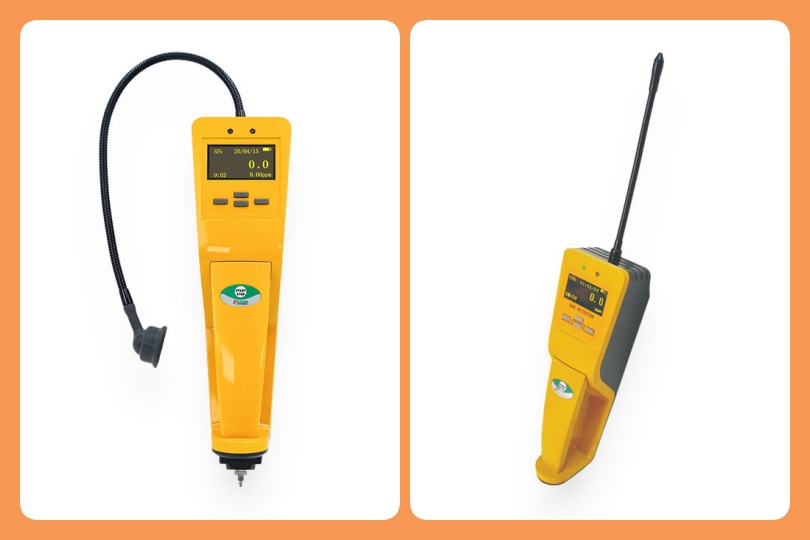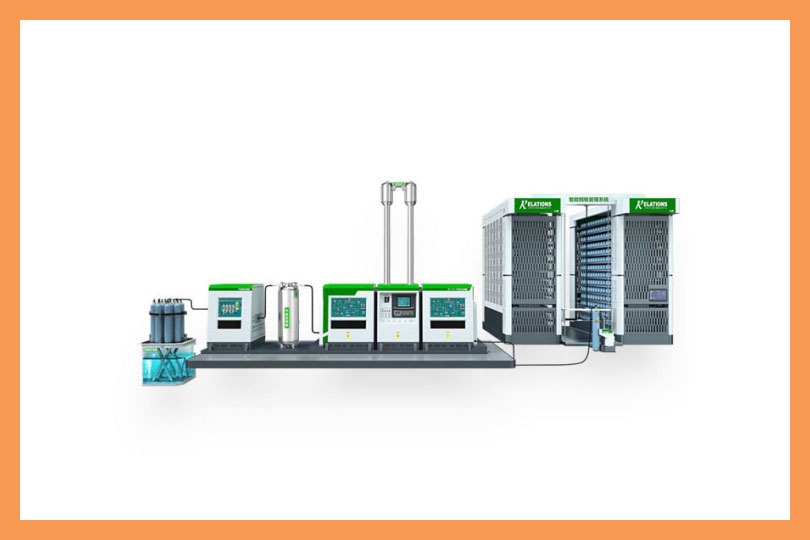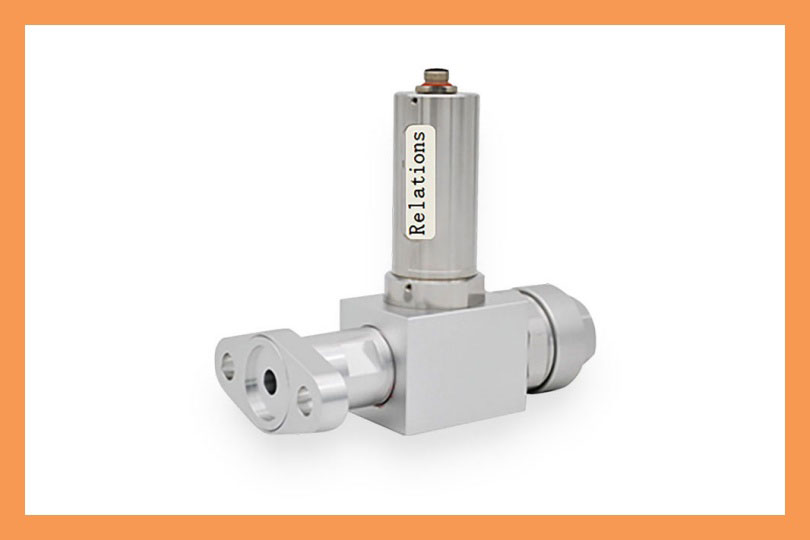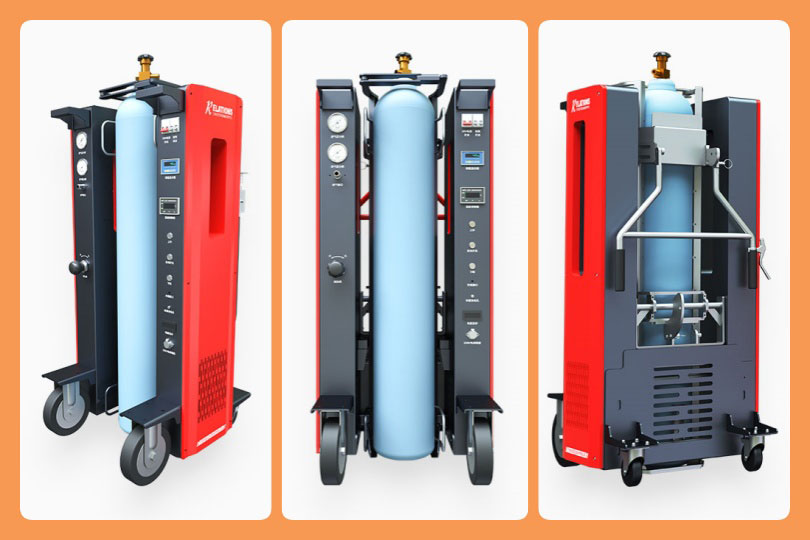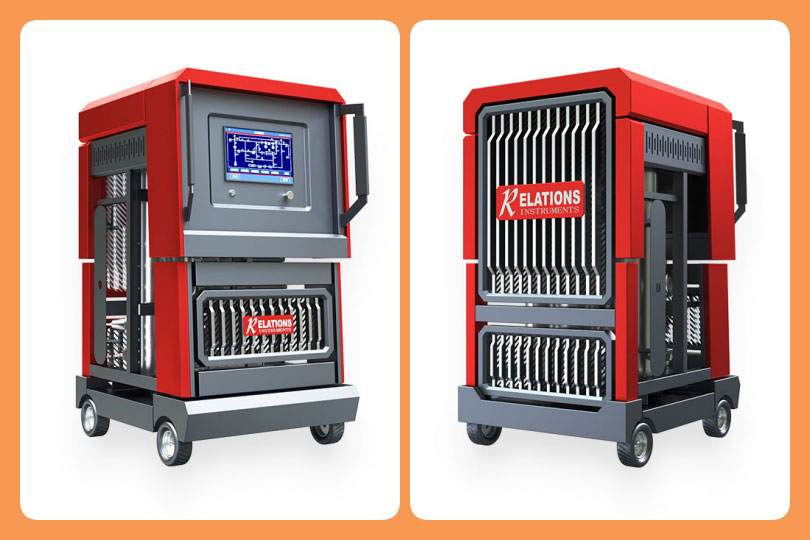Need Help: Providing Innovative and Sustainable Solutions.
Office Hours: 08:30am-6:00pm
2025 SF6 Recovery Unit Selection Guide: Substation-Scale Matching & Top Models
Date
2025-11-12
[email protected]
Website
www.sf6gasdetector.com
Get Solutions And Quotes
2025 SF6 Recovery Unit Selection Guide: Substation-Scale Matching & Top Models
Choosing the right SF6 recovery unit is critical for substation efficiency, regulatory compliance, and cost control. This optimized guide aligns with Google’s preference for user-centric, actionable content—breaking down selections by substation size, core parameters, and real-world applicability. Whether you’re outfitting a small 35kV station or a large 550kV facility, we’ll help you find a system that balances recovery speed, purity, and long-term value.
I. Substation Scale Classification & Core Needs
1. Small Substations (≤35kV)
- Key Traits: Few GIS bays, single maintenance SF6 consumption ≤50kg, frequent on-site maintenance needs.
- Core Needs: Portability, easy operation (single-person use), low power consumption, and basic recovery/purification functions.
- Pain Points Solved: Avoid overspending on large equipment, meet occasional maintenance demands, and comply with local emission regulations.
2. Medium Substations (72.5-220kV)
- Key Traits: Multiple GIS bays, 50-200kg SF6 per maintenance, regular upkeep of circuit breakers and GIS.
- Core Needs: Balanced recovery speed, moderate storage capacity, semi-automatic operation, and multi-stage filtration.
- Pain Points Solved: Handle multiple bays efficiently, reduce gas waste, and ensure recovered SF6 meets reuse standards (≥99.8%).
3. Large Substations (≥330kV)
- Key Traits: Large GIS clusters, ≥200kg SF6 per overhaul, high-voltage equipment (550kV+), strict purity requirements.
- Core Needs: Industrial-grade recovery rate, large-capacity storage, redundant design, remote monitoring, and high-purity output.
- Pain Points Solved: Minimize downtime during full-station overhauls, comply with strict IEC/DL/T standards, and maximize SF6 reuse rate.
II. Core Parameter Selection Criteria (Google Search-Focused)
| Parameter | Small Substations | Medium Substations | Large Substations | Importance | Why It Matters (User-Centric) |
|---|---|---|---|---|---|
| Recovery Rate | 5-15 m³/h | 15-40 m³/h | ≥40 m³/h | ★★★★★ | Faster recovery = less downtime; matches daily maintenance volume |
| Storage Tank Capacity | 20-70L | 70-300L | ≥300L | ★★★★☆ | Avoids frequent emptying; 1.5x larger than max per-equipment SF6 fill |
| Ultimate Vacuum Degree | ≤30Pa | ≤10Pa | ≤10Pa (≤5Pa for 500kV+) | ★★★★☆ | Ensures thorough gas extraction; meets DL/T 662.1 & IEC 60480 standards |
| Purity After Treatment | ≥99.5% | ≥99.8% | ≥99.9% | ★★★★★ | Higher purity = reusable for critical equipment; reduces new gas purchases |
| Automation Level | Manual/semi-automatic | Full automatic + touchscreen | Full automatic + remote monitoring | ★★★☆☆ | Saves labor; reduces human error; ideal for large-scale operations |
| Mobility | Portable/handcart | Wheel-mounted + towing ring | Fixed/trailer-mounted | ★★★☆☆ | Fits substation layout (indoor/outdoor, tight spaces) |
III. Top-Rated SF6 Recovery Units by Substation Scale
1. Small Substations (≤35kV): Portable & Cost-Effective Models
| Model | Applicable Voltage | Recovery Rate | Storage Capacity | Ultimate Vacuum | Price Range (CNY) | Key Features | Application Suitability |
|---|---|---|---|---|---|---|---|
| RF-S10 | 10-110kV | 4 m³/h | 20kg | ≤10Pa | 16,000-28,000 | Ultra-light (≤100kg), built-in lithium battery, plug-and-play | Pole-mounted breakers, ring main units, small indoor substations |
| GDQH-601-50 | ≤35kV | 12 m³/h | 50kg | ≤10Pa | 22,000-35,000 | Air-cooled, no external water, high cost-performance | Routine maintenance of 35kV switchgear |
| QHS-50 | ≤35kV | 12 m³/h | 50kg | ≤10Pa | 20,000-32,000 | Compact design, easy storage, low noise | Temporary substations, mobile maintenance teams |
Selection Tip: Prioritize weight <150kg and power ≤3kW for single-person operation and compatibility with temporary power sources.
2. Medium Substations (72.5-220kV): Balanced Performance Models
| Model | Applicable Voltage | Recovery Rate | Storage Capacity | Ultimate Vacuum | Price Range (CNY) | Key Features | Application Suitability |
|---|---|---|---|---|---|---|---|
| RF-051 Series | 72.5-220kV | 15 m³/h | 70L | ≤30Pa | 45,000-65,000 | Touchscreen control, 380kg compact design, multi-stage filtration | 110kV GIS, tank-type circuit breakers |
| RF-151 Series | 72.5-500kV | 15 m³/h | 70-150L | ≤10Pa | 60,000-80,000 | Multi-functional, compatible with GIS/breakers, automatic purity testing | 220kV multi-bay substations |
| RTQH-60 | 110-220kV | 17 m³/h | 100kg | ≤10Pa | 46,000-60,000 | 40m³/h vacuum rate, frequent maintenance-friendly | High-volume medium-voltage substations |
Selection Tip: Opt for recovery rate ≥15m³/h and storage ≥70L to handle 3-5 bays per day without interruptions.
3. Large Substations (≥330kV): Industrial-Grade Heavy-Duty Models
| Model | Applicable Voltage | Recovery Rate | Storage Capacity | Ultimate Vacuum | Price Range (CNY) | Key Features | Application Suitability |
|---|---|---|---|---|---|---|---|
| RF-300 Series | ≥330kV | 40-60 kg/h | 300-600L | ≤10Pa | 250,000-450,000 | 99.99% purity, 12.1″ touchscreen, dual compressors | 330kV GIS clusters, full-station overhauls |
| RF-391 Series | ≥330kV | 30 m³/h | 300-600L | ≤10Pa | 300,000-500,000 | Negative pressure recovery, redundant adsorption towers | 500kV outdoor substations |
| ENERVAC GRU-7 PLUS | ≥330kV | 45 kg/h | 160kg (expandable to 300kg) | ≤10Pa | 350,000-550,000 | Global certification, remote monitoring, durable for harsh environments | International large-scale substations |
Selection Tip: Must have recovery rate ≥40m³/h, storage ≥300L, and exhaust gas treatment to meet strict EU F-Gas and EPA regulations.
IV. Key Component Comparison (Critical for Long-Term Value)
| Component Type | Economic Grade | Standard Grade | High-End Grade | User Impact |
|---|---|---|---|---|
| Compressor | Oil-lubricated piston | Oil-free piston | Oil-free water-cooled scroll | High-end = no oil contamination, 10,000+ hour lifespan, lower maintenance |
| Vacuum Pump | Rotary vane (15L/s) | Two-stage rotary vane (30L/s) | Roots + rotary vane (≥60L/s) | Faster pumping = shorter maintenance time; large stations need ≥30L/s |
| Filtration System | Single-stage | 3-stage (mechanical + activated carbon + molecular sieve) | 5-stage + online purity monitoring | 5-stage = moisture <40ppm, oil <1ppm; ideal for critical equipment |
| Control System | Manual + basic 电控 | PLC + touchscreen | Industrial PC + cloud monitoring | Cloud integration = remote diagnostics, compliance data tracking |
V. Step-by-Step Selection Process (Actionable for Users)
- Audit Your Substation: Count SF6 equipment, max per-unit fill volume, and annual maintenance frequency (e.g., 10 GIS bays × 80kg = 800kg total SF6 → need ≥120L storage).
- Match Scale to Parameters: Use the core parameter table to narrow down recovery rate, storage, and vacuum needs.
- Verify Certifications: Ensure units meet IEC 60480 (SF6 handling) and DL/T 662.1 (Chinese standards) for compliance.
- Evaluate Total Cost of Ownership (TCO): Don’t just focus on upfront price—consider maintenance costs, consumable replacement (filters), and after-sales support.
- Test Vendor Expertise: Ask for case studies of similar-sized substations; prioritize vendors with local service teams (response time <24 hours).
VI. Common Selection Mistakes to Avoid (Google’s “High-Value Content” Priority)
- Over-Configuration: Small substations don’t need industrial-grade units—wastes capital and increases operational complexity.
- Ignoring Storage Expansion: Choose units with expandable tanks (e.g., ENERVAC GRU-7 PLUS) to accommodate future substation upgrades.
- Sacrificing Purity for Price: Low-cost units with <99.5% purity force frequent new gas purchases—ROI suffers long-term.
- Neglecting After-Sales: Uncertified brands lack spare parts and calibration support, leading to downtime during critical maintenance.
VII. FAQs (Covers Long-Tail Search Queries)
- Q: How to calculate the right storage tank capacity?
A: Storage capacity (kg) = Max SF6 fill per equipment (kg) × 1.5 (safety margin). For a 200kg GIS bay, choose a 300kg tank.
- Q: Oil-lubricated vs. oil-free compressors—what’s better?
A: Oil-free is non-negotiable for SF6 recovery—oil contaminates gas, ruins insulation, and violates purity standards.
- Q: What’s the typical payback period for an SF6 recovery unit?
A: 2-3 years—savings come from reduced new gas purchases ($100+/lb) and avoided regulatory fines ($5k-$50k).
VIII. Summary & Quick Reference (Mobile-Friendly)
| Substation Scale | Core Requirements | Top Models | Price Range (CNY) |
|---|---|---|---|
| ≤35kV | Portable (≤150kg), ≥10m³/h recovery | RF-S10, GDQH-601-50 | 16k-35k |
| 72.5-220kV | ≥15m³/h recovery, 70-200L storage | RF-051, RTQH-60 | 45k-100k |
| ≥330kV | ≥40m³/h recovery, ≥300L storage, 99.9% purity | RF-300, ENERVAC GRU-7 PLUS | 250k-550k |
Choosing the right SF6 recovery unit isn’t just about technical specs—it’s about aligning with your substation’s unique needs, compliance goals, and budget. By following this guide, you’ll select a system that reduces emissions, cuts costs, and ensures reliable long-term operation.
Realize The Recycling Of Sf6 Gas
